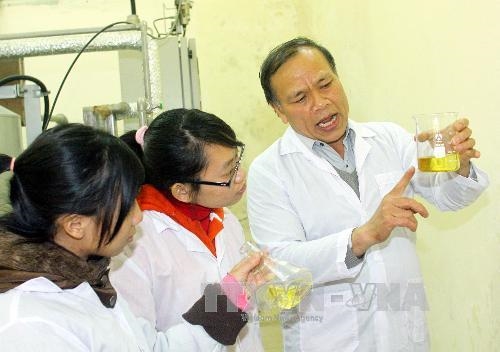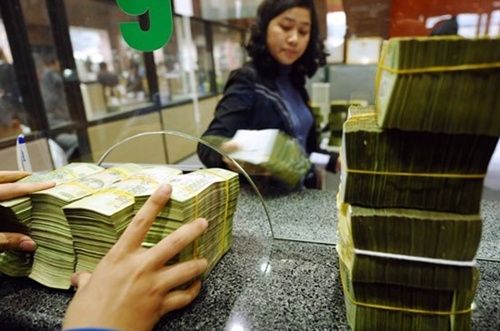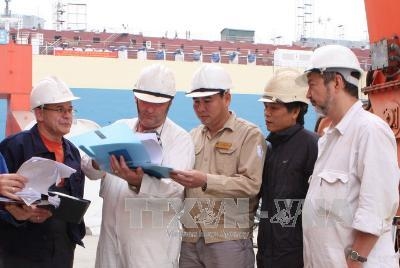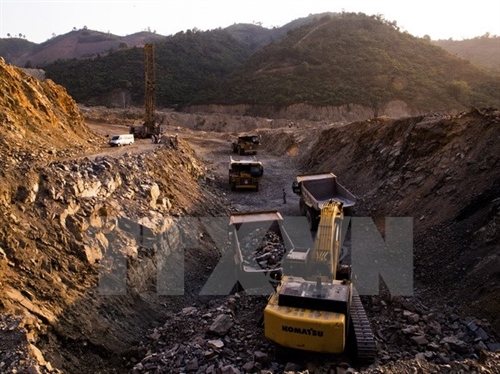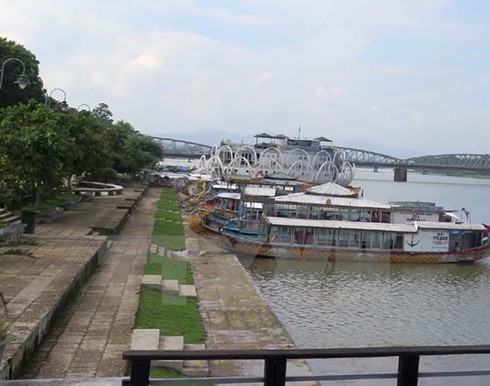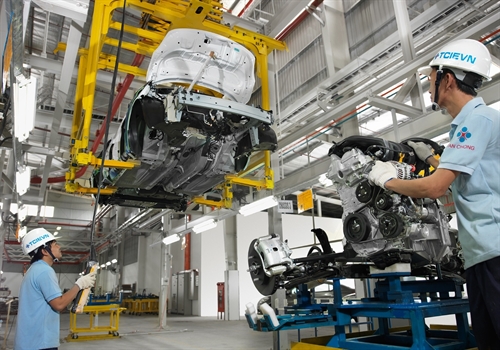With a view to quickly setting up a national expressway network linking key economic centers, border gates and transport hubs, the Prime Minister on March 1 issued Decision No. 326 approving the master plan on development of Vietnam’s expressway network through 2020, with orientations toward 2030.
Accordingly, the national expressway network will consist of 21 routes with a total length of around 6,400 km, including two north-south routes.
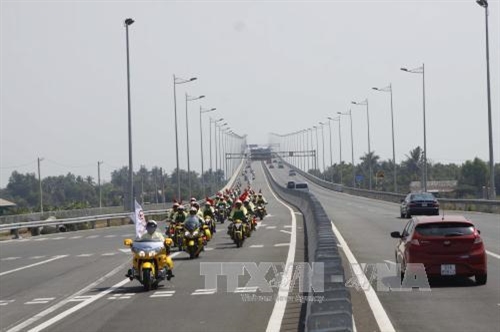 |
| Inauguration of Ho Chi Minh City - Long Thanh - Dau Giay expressway route__Photo: Hoang Hai/VNA |
Under the master plan, investment will be focused on building these two north-south expressway routes with priority given to routes liking to Hanoi, Ho Chi Minh City, Da Nang city and big seaports.
The expressway network will be separated from but still connected to the existing road system so as to protect the environment and landscapes and contribute to tackling traffic congestion in big cities, first of all, Hanoi and Ho Chi Minh City.
Funds for construction of the expressway network will be raised from various sources, including the state budget, the non-state sector, and foreign and international donors.
State budget capital will be used mostly for financially unattractive projects which, however, will bring about great benefits in terms of socio-economic development or security and defense maintenance.
Meanwhile, mechanisms and policies will be further improved so as to lure domestic and foreign investors to pour their money into expressway development projects to be carried out in different PPP forms such as BT, BOT, BTO, etc.
In addition, it is also necessary to continue to call for ODA capital from foreign governments and international organizations for works which are of high importance and can be seen as development motive force.
